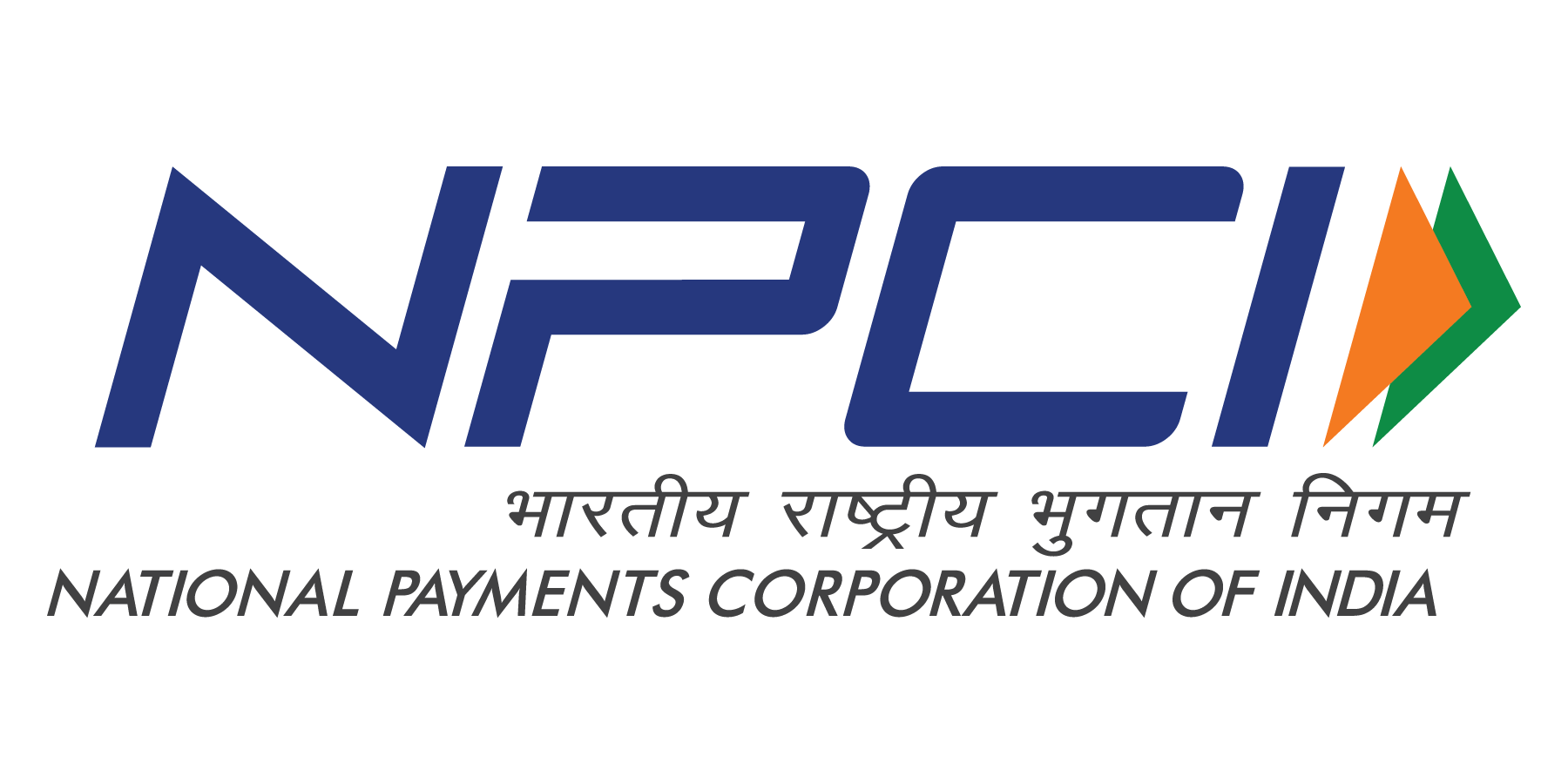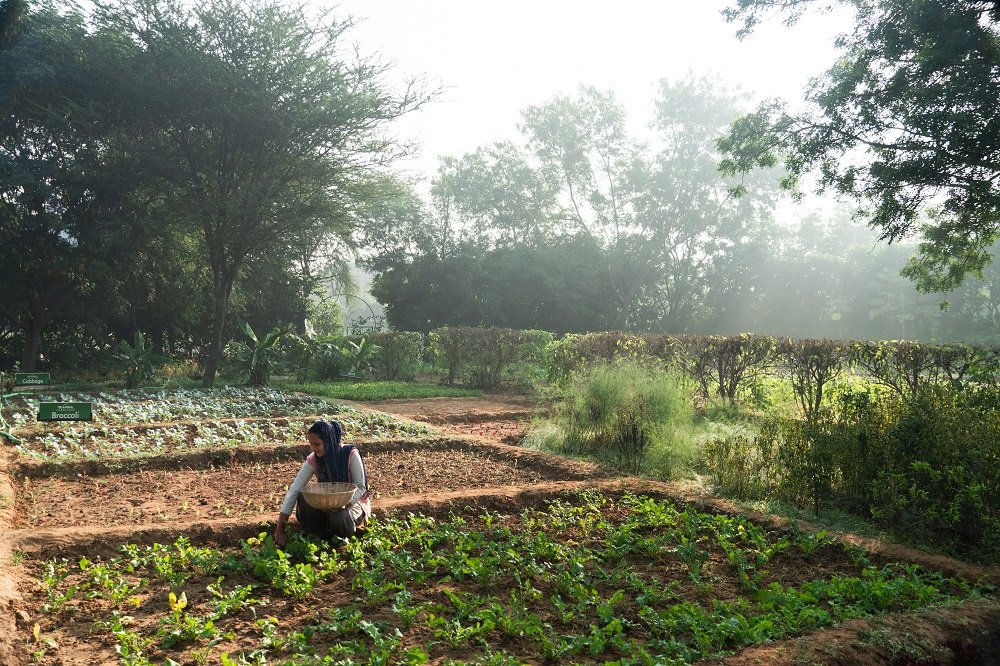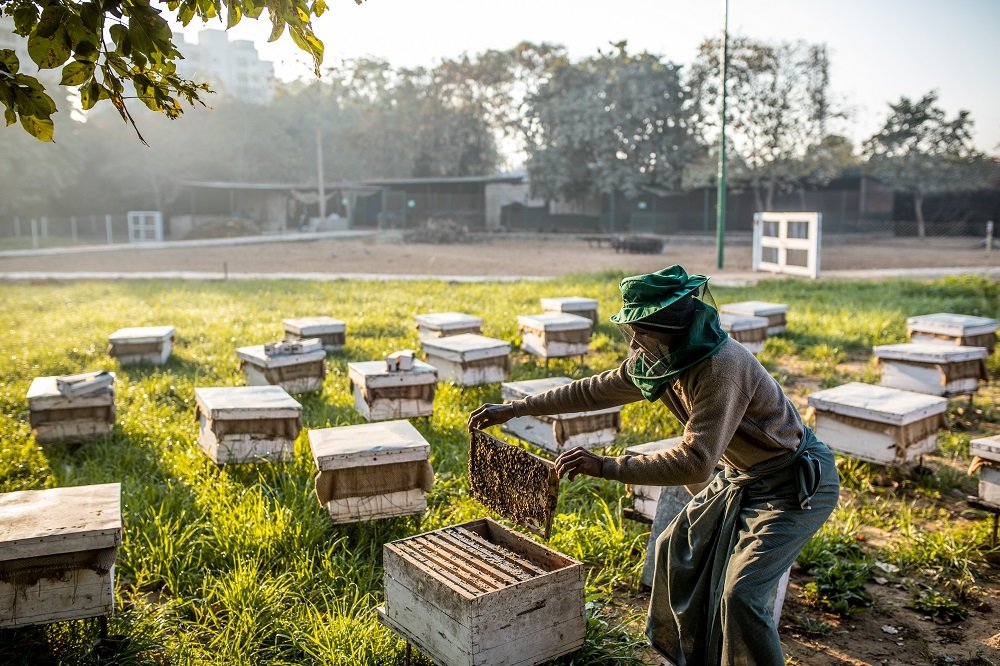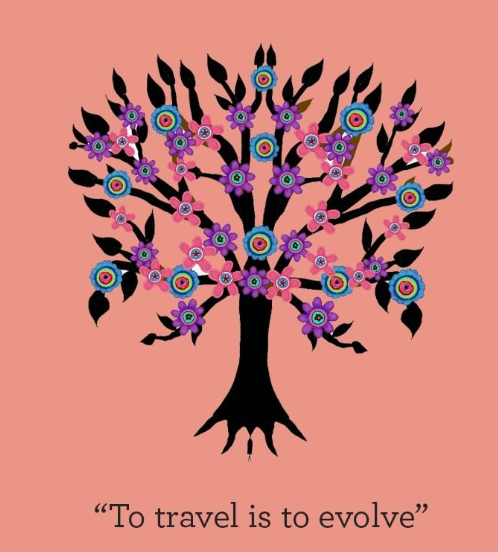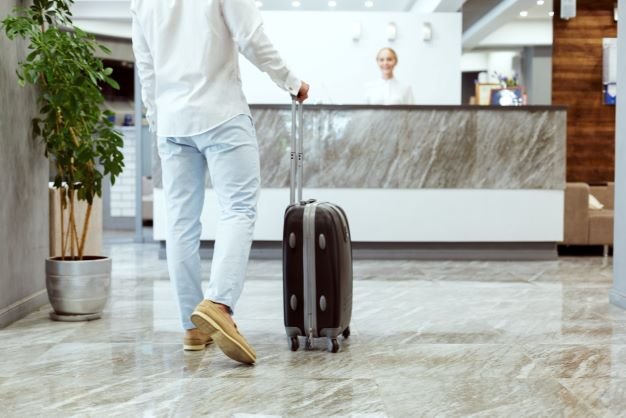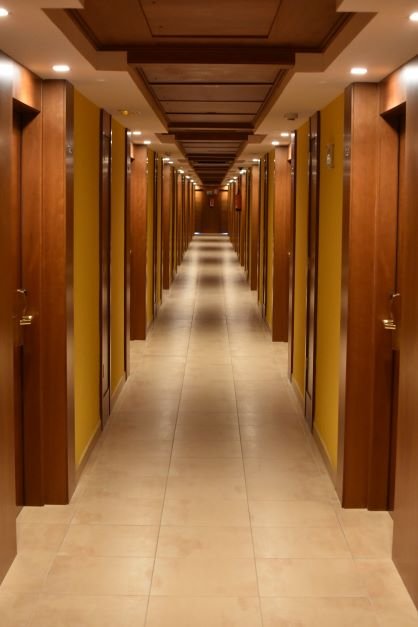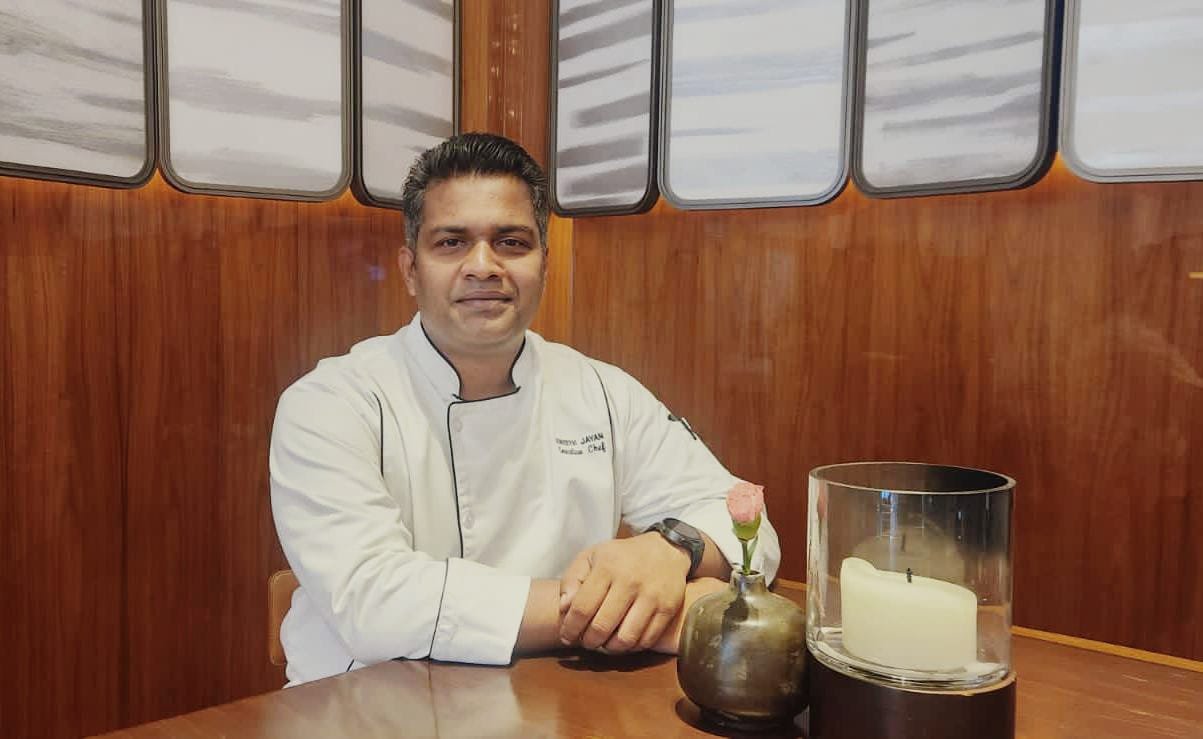Empowering Women: Overcoming Challenges in the Hospitality Sector by Haninder Sachdeva, CEO, Eight Continents Hotels & Resorts
/In the realm of hospitality, women have long played a pivotal role in shaping guest experiences, managing operations, and driving innovation. Yet, despite their significant contributions, women continue to face unique challenges within the industry. From limited opportunities for advancement to persistent gender biases, navigating these obstacles requires resilience, determination, and a collective commitment to empowerment. In this article, we explore the challenges women encounter in the hospitality sector and discuss strategies for fostering inclusivity, promoting leadership opportunities, and empowering women to thrive in this dynamic field.
Understanding the Challenges
The hospitality industry encompasses a wide array of sectors, including hotels, restaurants, event planning, tourism, and more. Historically, women have been concentrated in certain roles within these sectors, such as housekeeping, front desk operations, and administrative positions. While these roles are essential to the functioning of hospitality businesses, they often lack the visibility and prestige associated with leadership positions.
One of the primary challenges facing women in the hospitality sector is the pervasive gender bias that can hinder their career advancement. Stereotypes about gender roles and abilities can influence hiring decisions, promotion opportunities, and workplace dynamics. Women may encounter unconscious bias during recruitment processes, performance evaluations, and team interactions, which can undermine their confidence and limit their professional growth.
Furthermore, the hospitality industry is known for its demanding schedules and fast-paced environment, which can present additional hurdles for women, particularly those with caregiving responsibilities. Balancing work and family commitments can be especially challenging in roles that require long hours, irregular shifts, and frequent travel. Without adequate support systems in place, women may find it difficult to achieve work-life balance and pursue career progression.
Despite these challenges, women in the hospitality sector are forging ahead, breaking barriers, and redefining traditional roles. Organizations and industry leaders have a crucial role to play in creating a more inclusive and supportive environment for women to thrive. This involves implementing policies and practices that promote gender equality, diversity, and inclusion at all levels of the organization.
Empowering Women: Strategies for Change
One strategy for empowering women in the hospitality sector is to provide mentorship and professional development opportunities. Mentoring programs can pair women with experienced leaders who can offer guidance, support, and career advice. By fostering meaningful connections and sharing insights, mentors can help women navigate challenges, build skills, and advance their careers within the industry.
Additionally, investing in leadership development programs can help women cultivate the skills and competencies needed to succeed in leadership roles. These programs can provide training in areas such as strategic thinking, decision-making, communication, and team management. By equipping women with the tools and resources they need to excel, organizations can help them overcome barriers and reach their full potential.
Another key aspect of empowering women in the hospitality sector is promoting diversity and inclusion in recruitment and hiring practices. This involves actively seeking out diverse candidates, eliminating bias from job descriptions and interview processes, and creating a welcoming and inclusive workplace culture. By embracing diversity, organizations can tap into a broader talent pool, foster innovation, and better reflect the diverse needs of their guests.
Furthermore, advocating for policies that support work-life balance and flexibility can help women juggle their professional and personal responsibilities more effectively. This can include offering flexible scheduling options, telecommuting opportunities, and parental leave policies that accommodate the needs of employees at different stages of life. By prioritizing employee well-being and flexibility,
organizations can attract and retain top talent, including women in the hospitality sector. Beyond organizational initiatives, industry-wide collaborations and advocacy efforts are essential for driving systemic change and addressing the root causes of gender inequality in the hospitality sector.
This can involve partnering with industry associations, educational institutions, and government agencies to promote gender diversity, advocate for policy reforms, and raise awareness about the importance of gender equality in the workplace.
Summing- Up
While women in the hospitality sector face various challenges, they also possess tremendous resilience, talent, and potential. By recognizing and addressing the barriers that women encounter, we can create a more inclusive, equitable, and empowering environment where all individuals have the opportunity to thrive. Through mentorship, professional development, diversity initiatives, and advocacy efforts, we can harness the full potential of women in the hospitality sector and drive positive change within the industry. Together, we can build a future where women are valued, respected, and empowered to lead in the dynamic world of hospitality.
Author
Haninder Sachdeva,
CEO,
Eight Continents Hotels & Resorts







